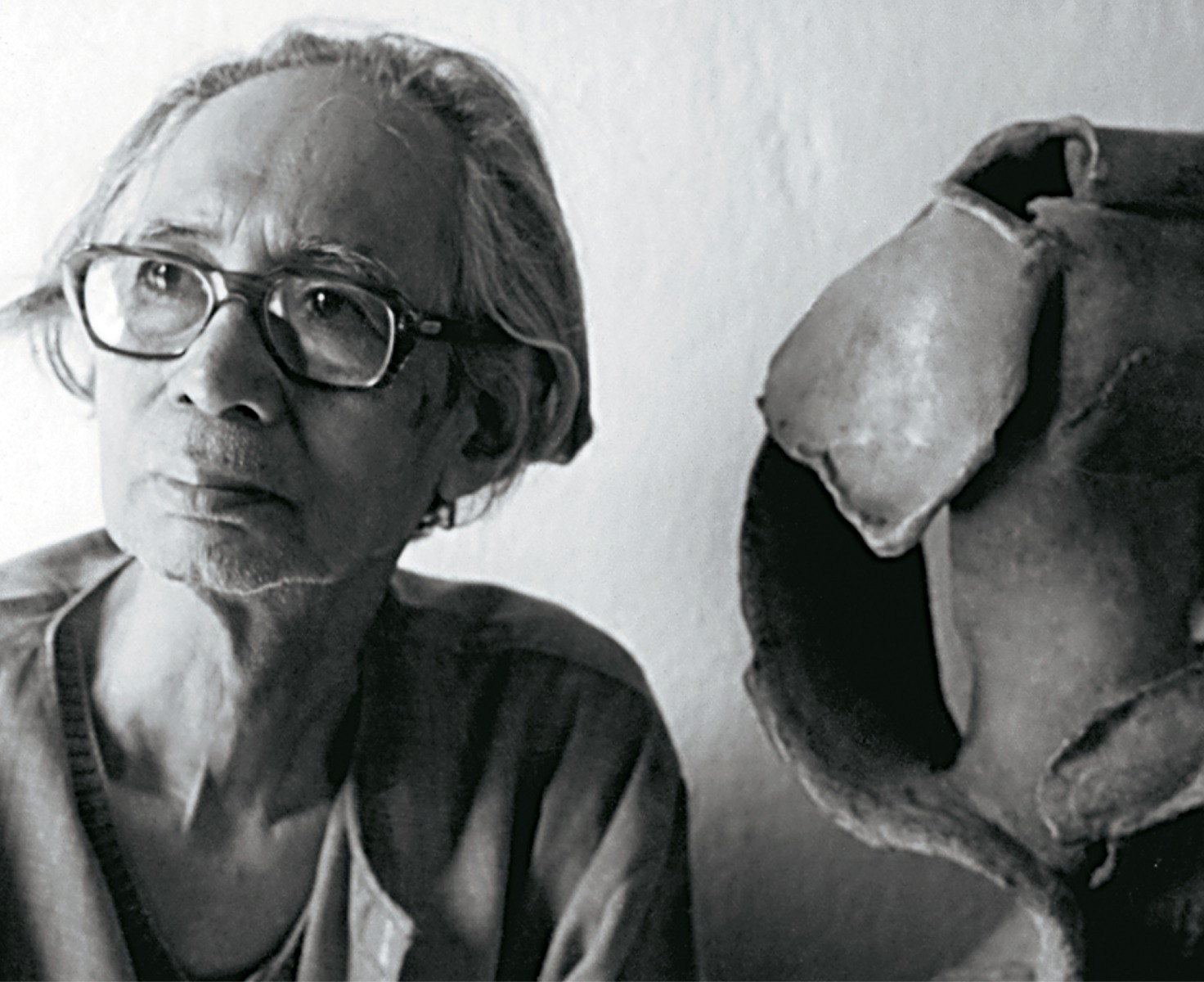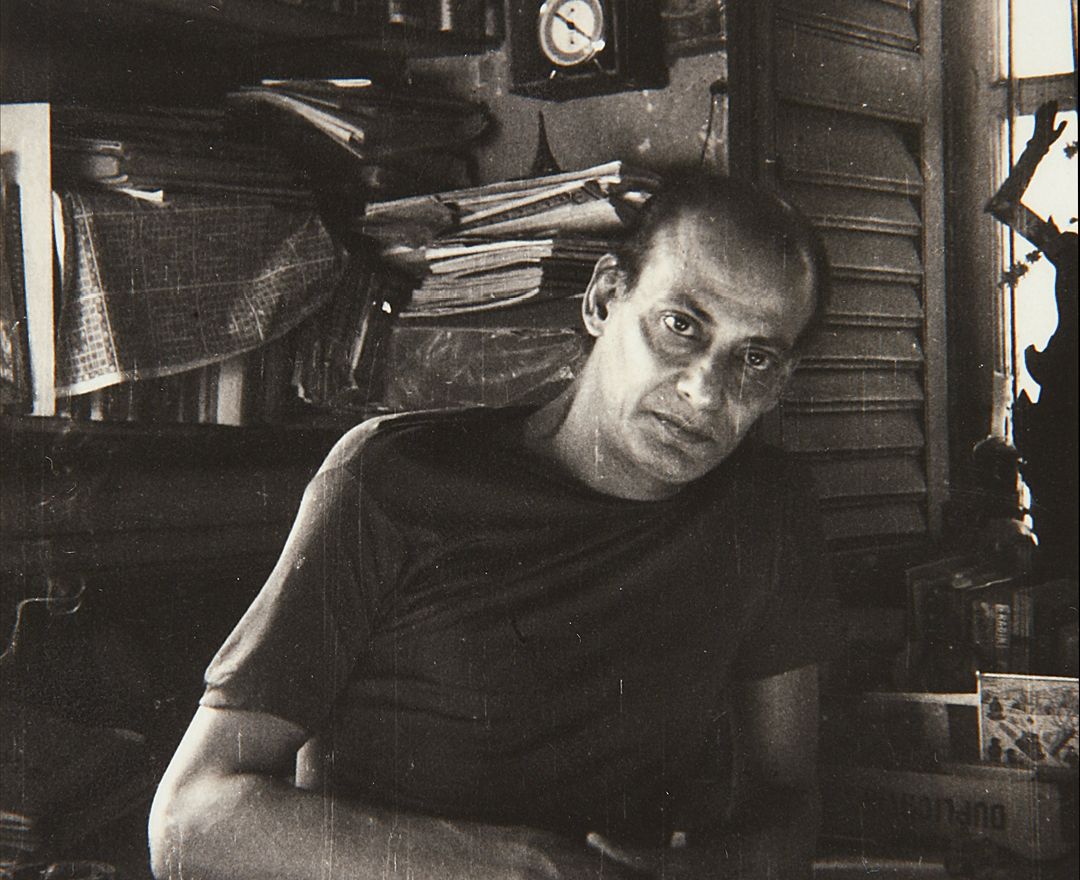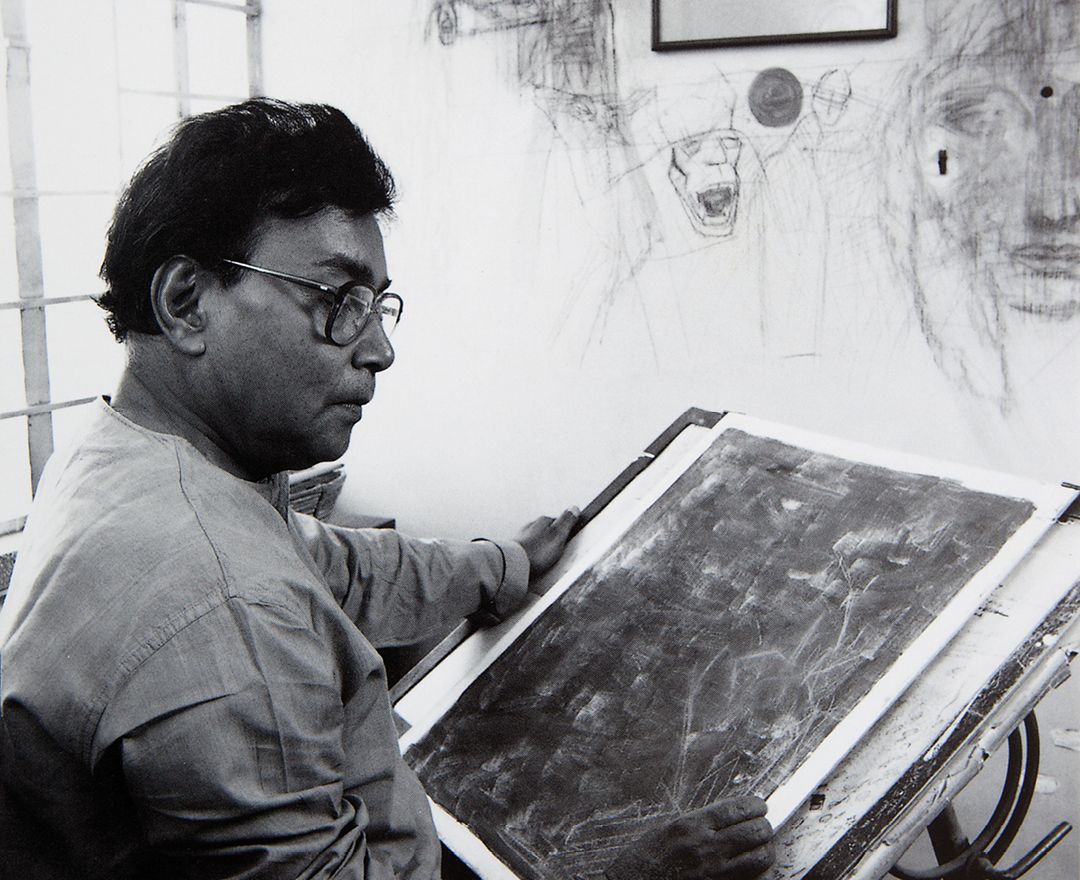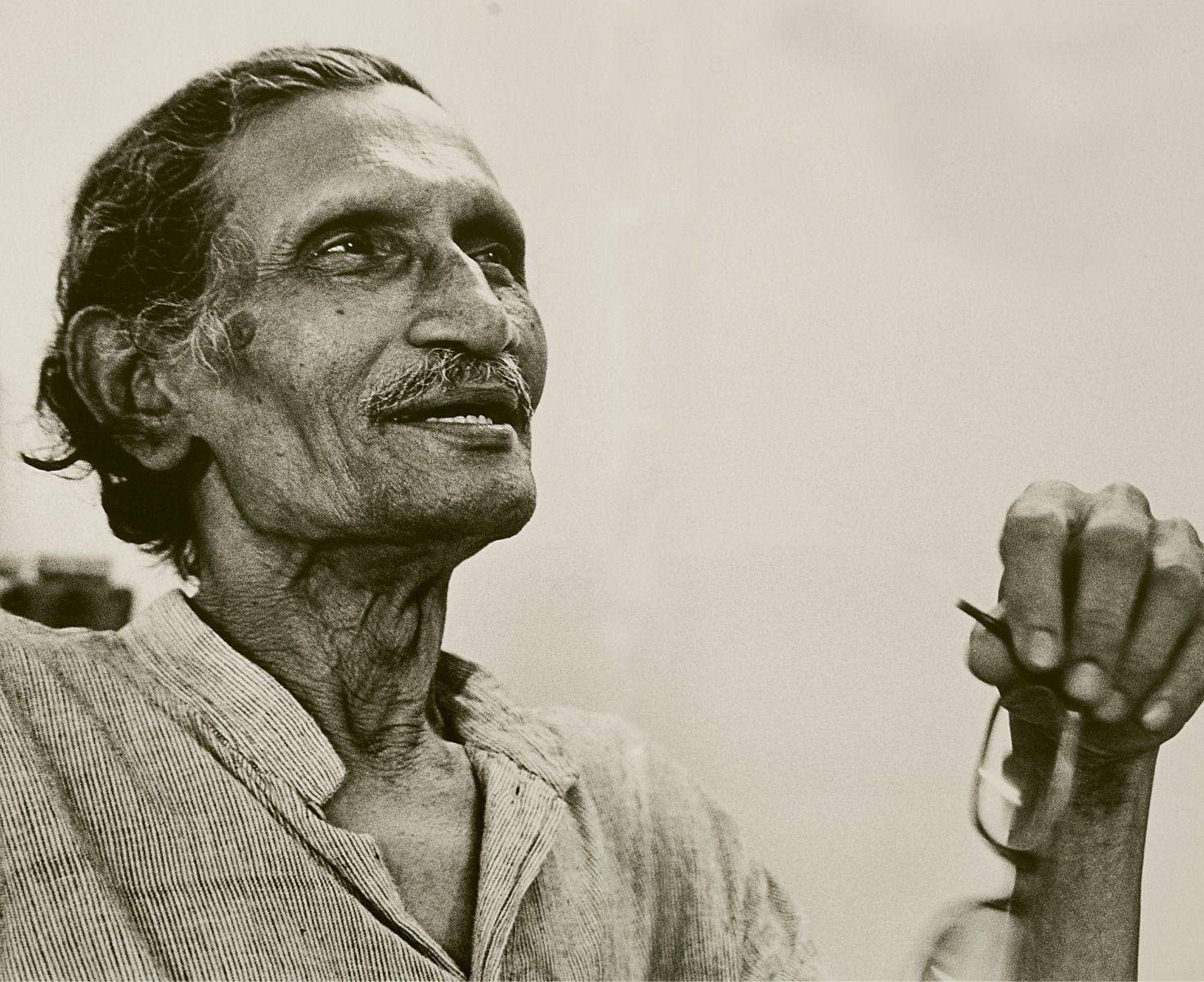Somnath Hore
Somnath Hore
Somnath Hore
|
1921 - 2006 Somnath Hore |


‘Violence and suffering, compassion and loneliness are inseparably linked in
Somnath Hore’s vision of reality’
R. SIVA KUMAR
artworks
dag exhibitions
|
‘Manifestations VI, 20th Century Indian Art’ |
|
DAG, New Delhi, 2011 |
|
‘The Printed Picture: Four Centuries of Indian Printmaking’ |
|
DAG, New Delhi, 2012; Mumbai, 2016; alternate locations in Kolkata, 2013; Jaipur, 2017; Chandigarh, 2018 |
|
‘The Art of Bengal’ |
|
DAG, New Delhi, 2012; Mumbai, 2014; New York, 2016 |
|
‘Indian Abstracts: An Absence of Form' |
|
DAG, New Delhi, 2014; Mumbai and New York, 2015 |
|
‘Manifestations X, 20th Century Indian Art’ |
|
DAG, New Delhi and Mumbai, 2014 |
|
‘India Modern: Narratives from 20th Century Indian Art’ |
|
DAG, New York, Mumbai, New Delhi, 2015; Chandigarh, 2017 |
|
‘The Sixties Show’ |
|
DAG, Mumbai, 2020 |
|
‘Navrasa: The Nine Emotions of Art' |
|
DAG, New Delhi and Mumbai, 2020-21 |
|
‘Home is a Place / Interiority in Indian Art’ |
|
DAG, New Delhi, 2021 |
notable collections
|
National Gallery of Modern Art, New Delhi |
|
Lalit Kala Akademi, New Delhi |
|
Kiran Nadar Museum of Art, New Delhi |
|
Baha’i Museum, New Delhi |
|
Birla Academy of Art and Culture, Kolkata |
|
Jehangir Nicholson Art Foundation, Mumbai |
|
Government Museum and Art Gallery, Chandigarh |
|
Jane and Kito de Boer Collection, Dubai and London |









